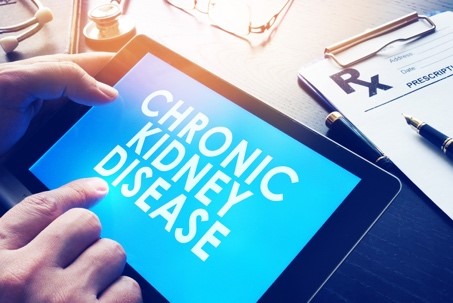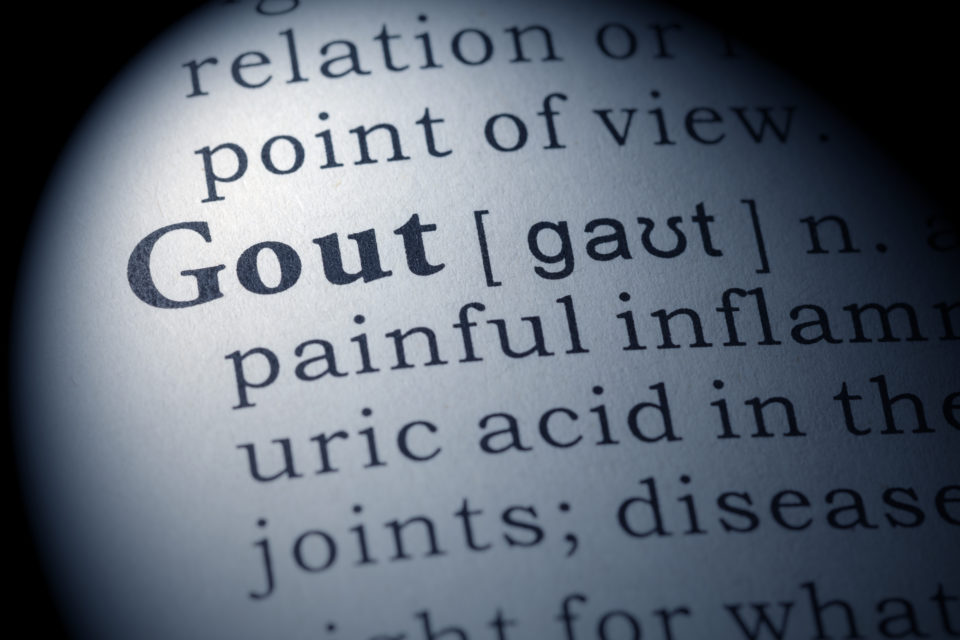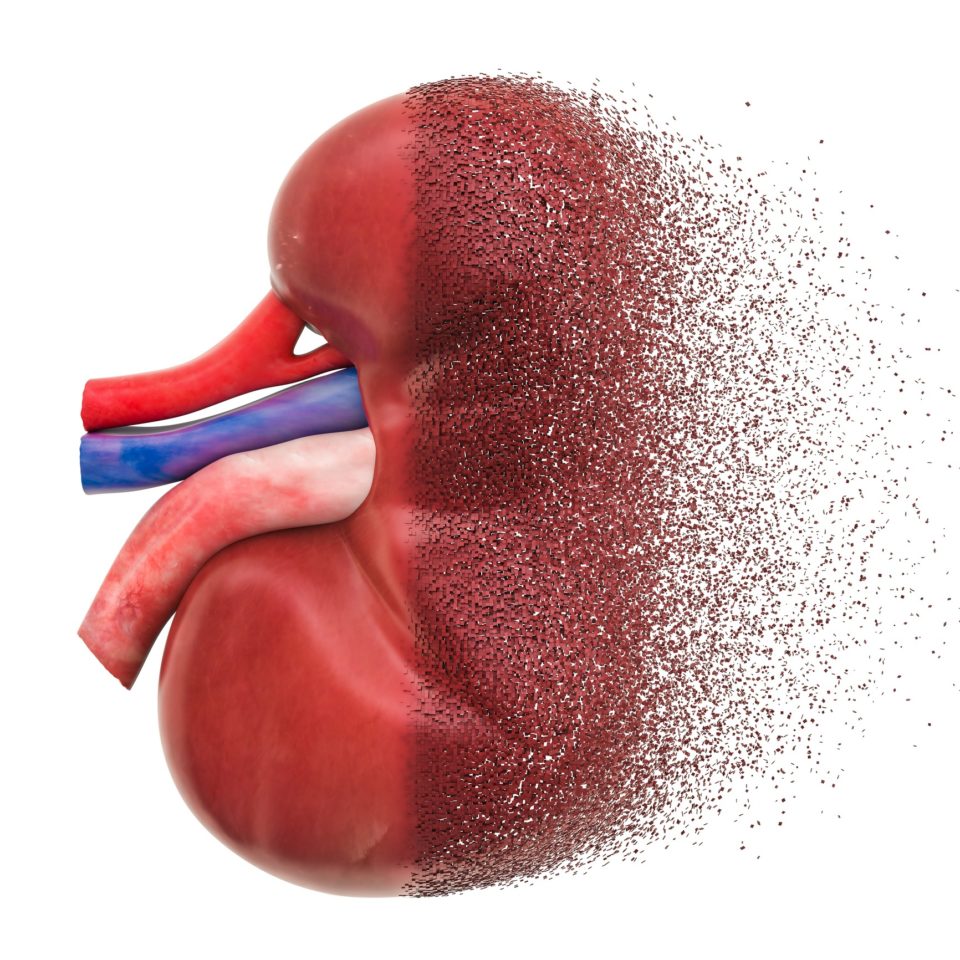Researchers at SUNY Downstate Health Sciences University, Brooklyn, New York, led by Edward Bae, conducted a survey to assess the impact of vaccine hesitancy in underserved populations. Results of the survey were reported during a poster session at NKF SCM22 in a poster titled Factors Affecting Decision to Receive the COVID-19 Vaccine in Inner-City Dialysis Patients.
A random sample of 31 dialysis patients completed the survey. Questions included COVID-19 vaccination status, attitudes toward vaccines, and perception of healthcare/government authority. Respondents who had received two doses of the COVID-19 vaccine, one dose, or were planning on doing so were characterized as VACYES; those who were unsure or refused to receive the COVID-19 vaccine were characterized as VACNO.
Mean age of the survey cohort was 56.1 years, mean dialysis vintage was 6.2 years, 58% (n=18) were women, and 90% (n=28) identified as Black. Of the total cohort, 84% had received the vaccine.
There were no statistically significant differences between the VACYES and VACNO groups in age, time on dialysis, sex, race, education, insurance status, and presence of diabetes. Those in the VACYES group were more likely to agree with trust in the information about the vaccine (r=0.57; P<.001), felt confident about the safety and efficacy of the vaccine (r=0.75; P<.001), and trusted government guidelines regarding COVID-19 (r=0.73; P<.001).
Respondents who believed it was acceptable for the government to mandate vaccinations (r=0.52; P=.003), mandate COVID-19 vaccinations (r=0.58; P=.001), and that we should all follow government mandates to protect public health (r=0.41; P=.02) were more likely to be in the VACYES group.
Those in the VACYES group were also more likely to believe that hospitals could care for them if they fell ill with COVID-19 (r=0.62; P<.001), reported they had an active partnership with their provider (r=0.42; P=.02), and that having regular contact with their physician was the best way to avoid illness (r=0.38; P=.04).
Respondents in the VACNO group were more likely to report having less contact with medical professionals regarding dialysis-associated restrictions (r=0.63; P<.001) and felt their provider did not listen to them (r=0.38; P=.04).
In summary, the researchers said, “In our population of inner-city dialysis patients: (1) The majority are vaccinated against COVID-19; (2) Patients were more likely to have received the vaccine if they had trust in the government regarding COVID-19 and in the healthcare system in general; (3) Patients who reported more shared decision making were more likely to receive the vaccine and this should be emphasized in education efforts for vaccine acceptance in our vulnerable population.”
Source: Bae E, Wei L, Gidon A, et al. Factors affecting decision to receive the COVID-19 vaccine in inner-city dialysis patients. Abstract of a poster (Poster #230) presented at the National Kidney Foundation 2022 Spring Clinical Meetings, Boston, Massachusetts, April 6-10, 2022.







 © 2025 Mashup Media, LLC, a Formedics Property. All Rights Reserved.
© 2025 Mashup Media, LLC, a Formedics Property. All Rights Reserved.